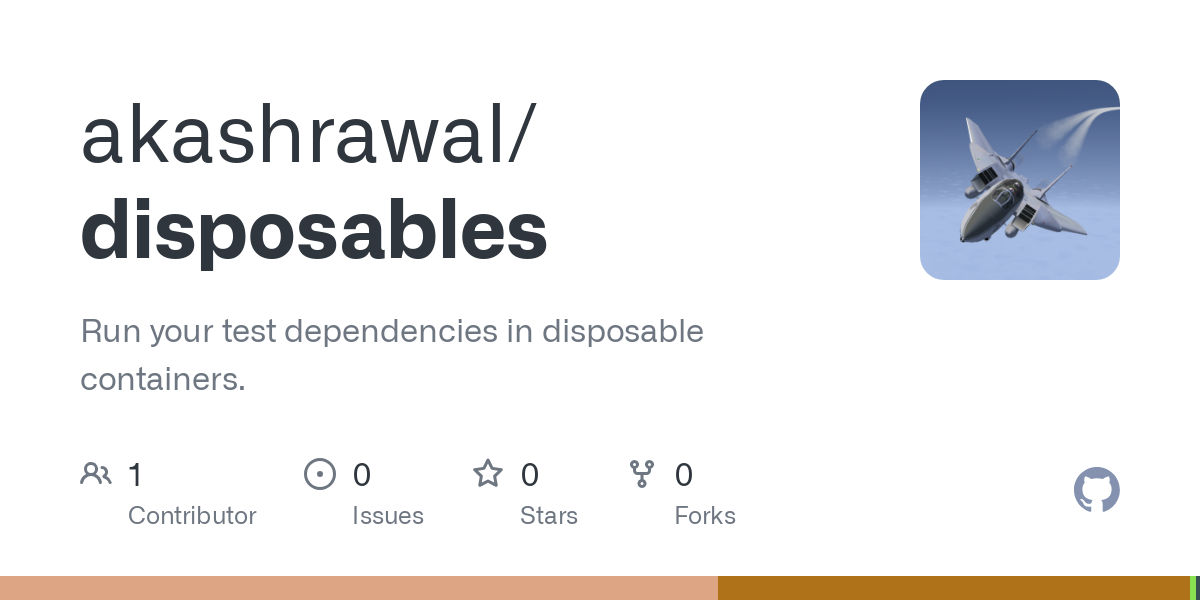- 11 Posts
- 72 Comments


I bet very few people know that there’s an openssh client already installed in Windows.
Same with Powershell, I have heard it is quite capable but in practice Windows users tend to not know powershelI. I haven’t found anybody IRL who knows Powershell.
My goal wasn’t to criticize Windows, I wanted to show how much our experience is different from Windows users. It is not about windows vs Linux, but about how windows users usually do things vs how Linux users usually do things. Relatability is a powerful social force that I hadn’t accounted for, and now it just bites me.


I miss the human connection with those around me who use windows. After years of using Linux almost exclusively, I now miss being able to relate to them. Sometimes I feel lonely because of it.
Colleagues get to resonate with all the windows slowness and reliability issues, and I can only stay silent.
“Hey, how can I do this obscure thing?” “Oh yes that’s easy… err… no, I don’t know.” So many methods that are easy on Linux are basically impractical on windows. E.g. many text file processing tasks are doable swiftly with simple shell scripts or even bash one-liners; what will a windows user do? Telling them to automate something means suggesting them to create a new Java project. Opening an SSH session means using Mobaxterm which limits the number of sessions you can create.


We test our code locally, but we cannot test the workflow. By definition, testing the workflow has to be done on a CI-like system.
There is nektos/act for running github actions locally, it works for simple cases. There still are many differences between act and github actions.
It might be possible for a CI to define workflow steps using Containerfile/Dockerfile. Such workflows would be reproducible locally.


Time for the yearly barrage of “Setup CI”…“Fix CI” commits.
That is my experience with basically every CI service out there.


Never tried that, though a quick search got me this: https://superuser.com/questions/1471937/how-can-i-add-a-bcd-boot-entry-for-linux-in-windows-boot-manager-in-efi


Windows will not boot with this method. By renaming the file back to bootmgfw.efi windows will boot again but now linux won’t boot. There is no clean solution, other than switch to different computer that doesn’t have this issue. Because of issues like this I don’t recommend dual booting. Installing only Windows or only Linux is more manageable for not-tech-savvy people.


In windows EFI partition, there will be an EFI/Microsoft/bootmgfw.efi file, I usually rename it to bootmgfw.efi.bak and that allows grub to load.


I have observed that many laptops are hard-coded to boot windows whenever possible. Even with windows bootentry missing, firmware will skip Grub set to first priority and start windows. Only way to make them start Grub is to rename bootmgfw.efi to a different name.


Testcontainers uses ‘ryuk’ to clean up containers and it needs docker socket mounted within its container to work. So if you had any hardening config that prevents the docker socket access within a container e.g user namespace or SELinux then Testcontainers doesn’t work.
And I think it would be nice if Testcontainers ‘just worked’ with Podman without any additional steps.


Nothing else. Though docker socket issue was important enough.
You have to practice switching between neovim and other editors.
You have forgotten how to use a normal editor. I am not making it up, it is a real phenomenon. Similar to when SmarterEveryDay learned to ride a backwards bicycle he forgot how to ride a normal bicycle and essentially had to re-learn it. You have to re-learn how to use a normal editor.


- It might be a card grabber.
- Don’t put real card details of course.


It wants you to put dummy details as fast as you can.


It is a game, but it might also be a card grabber.


I did not make this, and you’re supposed to put dummy details there. Don’t put actual credit card information.


Thanks man, my brain was short-circuited on Testcontainers so I couldn’t write better. Also I am stealing the title.


I don’t get it, how would a database container run your unit tests? And unless you know some secret option to stop the database after, say, it is idle for a few seconds, it will continue running.
The purpose is to test database dependent code by spinning up a real database and run your code against that.
For me the value of podman is how easily it works without root. Just install and run, no need for sudo or adding myself to docker group.
I use it for testing and dev work, not for running any services.


It’s the same picture.





Pretty sure these users are few and far between. I haven’t found any of them.
Now it is possible that where you live, there is an abundance of Windows/Powershell experts and novice Linux users who only use Facebook. I’ll accept if that is your reality. All I can observe is that curious/enthusiast types tend to use Linux whereas others use Windows. People who want to better their situations tend to switch to Linux.
That never went well for me. Criticizing Windows is like talking them down for buying a car or calling their baby ugly. If you criticize Windows, Windows users will defend it.
What does work is to just stay silent and let Linux be better at getting my job done. Curious ones will observe and switch to Linux on their own. Others will continue using Windows.
Tooling can be installed. It is not a big enough factor in choosing an operating system.
And pretending that Windows doesn’t have built in tooling totally helps my case. Windows users have different expectations from their operating system. Windows is expected to be GUI based, so why will it have an SSH client? (except that it does) And why will it have a decent scripting language? (except that it does) And all software is installed by double-clicking on an .exe (except that Windows has a package manager)
My case is about people, not operating systems.
For me, Windows hasn’t fixed its myriad of reliability, performance and trust issues in over a decade, no amount of built-in tooling will make me return to Windows. Windows users on the other hand will tolerate the issues, or at most make it only as severe as previous Windows version. You see how difference between the users is playing out, right? The enthusiast types observe that a better experience is possible with Linux and become Linux users, and remaining users stay with Windows, mostly tolerating whatever Microsoft adds to Windows updates. Over time, Linux users and Windows users drift apart and become very different.